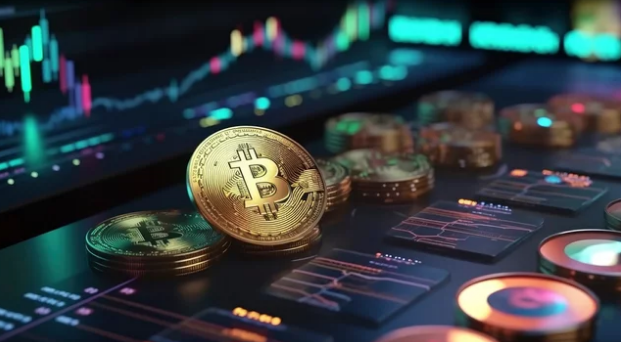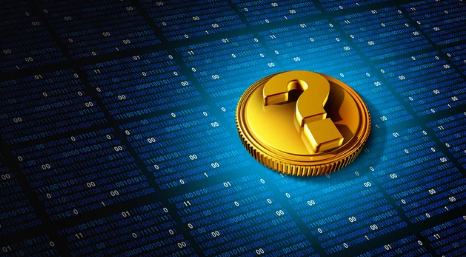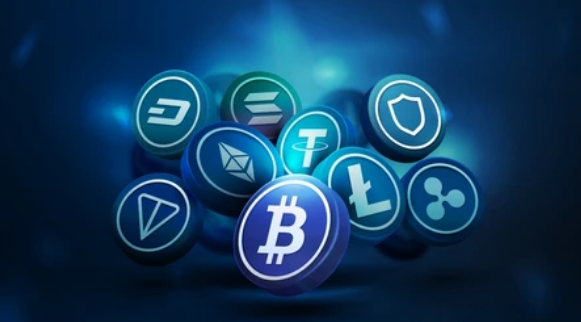The gaming industry has always been about entertainment, competition, and community. But with the rise of blockchain technology and Web3, a new concept has emerged: play-to-earn (P2E) games. These games promise players more than just fun—they offer the chance to earn real-world income while playing.
From NFT-based assets to cryptocurrency rewards, P2E has captured global attention, especially in regions where traditional economic opportunities are limited. But the big question remains: can you really make money with play-to-earn games, or is it just hype?
This article dives deep into the world of P2E, exploring how it works, real examples, the risks involved, and whether it’s a sustainable way to earn.
What Are Play-to-Earn Games?
Play-to-earn games are video games built on blockchain technology where players can earn rewards with real monetary value. Unlike traditional games, where in-game assets have no use outside the platform, P2E games give players ownership of digital items through:
- Non-Fungible Tokens (NFTs) – Unique in-game assets such as characters, skins, or weapons that can be traded or sold.
- Cryptocurrencies – Native tokens earned by completing quests, battles, or other gameplay activities.
- Staking and Governance Rewards – Players who hold tokens may participate in decision-making or earn passive income.
In short, P2E merges gaming, digital ownership, and financial incentives—a combination that has fueled its rapid growth.
How Do Players Earn in Play-to-Earn Games?
There are several ways gamers can generate income in P2E ecosystems:
1. Selling NFTs
Many P2E games reward players with NFTs that represent valuable assets. These can be traded on marketplaces like OpenSea or within in-game exchanges.
2. Earning Tokens
Completing missions, winning battles, or staking in-game assets can earn players native tokens, which are often convertible to other cryptocurrencies or fiat money.
3. Renting or Scholarship Programs
Some players rent out their NFTs to others for a share of the profits—a system popularized in Axie Infinity’s scholarship programs, where asset owners lend NFTs to players who can’t afford the upfront costs.
4. Participating in Tournaments
Competitive P2E games often host tournaments with prize pools funded in cryptocurrency or NFTs.
Popular Play-to-Earn Games
Several titles have become pioneers in this space:
- Axie Infinity – The most famous P2E game, where players collect, breed, and battle digital creatures called Axies. At its peak, some players earned hundreds to thousands of dollars per month.
- The Sandbox – A virtual world where players can build, own, and monetize digital land and experiences.
- Decentraland – A metaverse-style platform where users create, trade, and interact using NFTs and its native token, MANA.
- Gods Unchained – A trading card game where rare cards can be sold for cryptocurrency.
- Illuvium – A highly anticipated blockchain-based RPG with NFT creatures and tokenized rewards.
Can You Really Make Money with P2E Games?
The short answer is: yes, but with caution.
Earning Potential
- Some players, particularly in developing nations, have earned significant income compared to local wages.
- At its height, Axie Infinity players in the Philippines reported making more money from gaming than from traditional jobs.
- Creators and early adopters often earn the most, while latecomers may find profits limited.
Factors That Affect Earnings
- Game Popularity – The more demand a game has, the higher the value of its tokens and NFTs.
- Token Price Volatility – Earnings can fluctuate drastically depending on crypto market swings.
- Entry Costs – Some games require buying expensive NFTs before you can start playing.
- Time Commitment – Significant effort is often needed to earn meaningful rewards.
The Risks of Play-to-Earn Games
Like any investment, P2E comes with risks that players should understand before diving in.
1. Volatile Token Prices
Most P2E games issue tokens that can lose value quickly if demand drops or the market turns bearish.
2. High Entry Costs
Some games require upfront investments of hundreds or thousands of dollars in NFTs to start playing competitively.
3. Unsustainable Economic Models
Critics argue that many P2E games operate like Ponzi schemes, relying on constant new players to sustain token prices.
4. Regulatory Uncertainty
Governments are still figuring out how to regulate crypto-based games, meaning restrictions could affect future earnings.
5. Risk of Game Failure
If a game shuts down, NFTs and tokens may lose all value, leaving players with worthless assets.
Are Play-to-Earn Games the Future of Gaming?
Despite risks, P2E has introduced a new paradigm in gaming: gamers as stakeholders, not just consumers. This model could evolve into a play-and-earn approach, where fun remains the priority but economic incentives add extra value.
Major companies are exploring blockchain gaming, and the rise of the metaverse could further integrate P2E mechanics into mainstream platforms. However, for sustainability, developers need to:
- Build engaging gameplay beyond financial incentives.
- Ensure balanced tokenomics to avoid inflation and crashes.
- Provide lower-cost entry options for new players.
Tips for Getting Started with P2E Games
- Research Thoroughly – Check if the game has a strong community, real utility, and transparent developers.
- Start Small – Don’t invest more than you can afford to lose.
- Diversify – Explore multiple games instead of putting all resources into one.
- Understand Tokenomics – Learn how the game’s economy works before committing.
- Focus on Enjoyment – If you’re not having fun, the risks may outweigh the rewards.
Conclusion: Can You Really Profit from P2E?
Play-to-earn games offer real opportunities to make money, but they’re far from a guaranteed income stream. While some players have achieved financial success, others have lost money due to volatile markets and unsustainable game models.
The truth lies somewhere in the middle: P2E can be rewarding, but only if approached carefully, with realistic expectations. As the technology matures and games become more engaging, P2E may evolve into a lasting part of the gaming industry.
For now, treat it as both a gaming adventure and a speculative investment—and never forget that in the world of crypto, fortunes can rise and fall as quickly as the price of a token.




